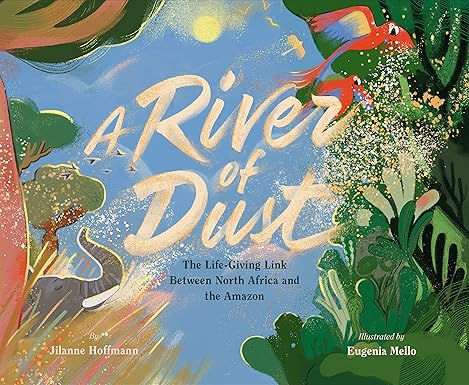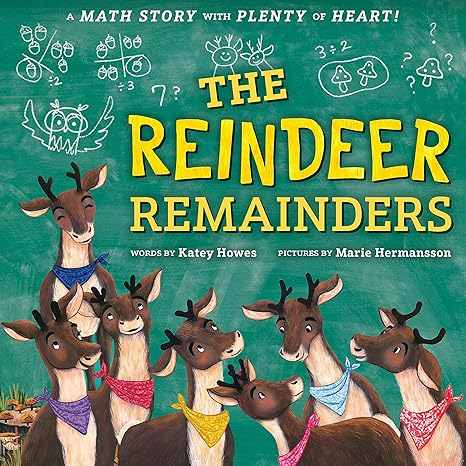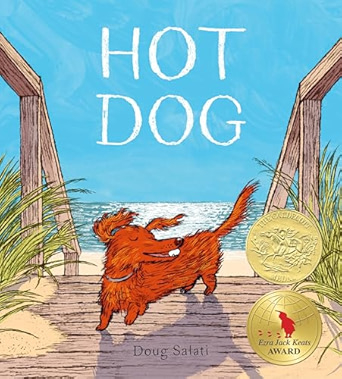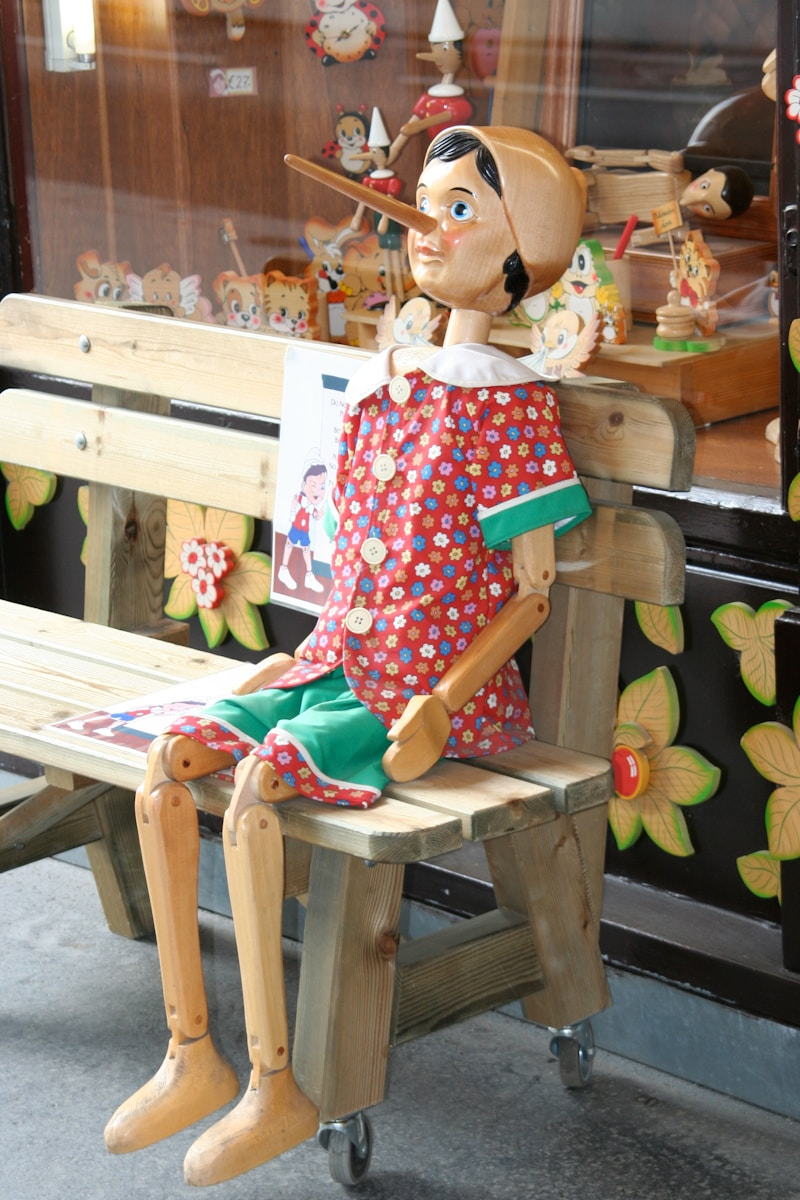Proven strategies for emotional engagement in early childhood stories
Writing for preschoolers isn’t about flashy words or complex narratives—it’s about heart, rhythm, and connection. From the moment a child hears your words, you want them to feel seen, soothed, and sparkled with delight.
Here are six trusted strategies—paired with recent picture book examples (all published 2022–2025)—to make your story resonate deeply with little ones.
- Start with a Simple, Universal Feeling
Preschoolers are tuned in to big feelings—joy, fear, curiosity, separation. To resonate, begin with a solo emotion and follow it.

In A River of Dust by Jilanne Hoffmann and Eugenia Mello, the focus is on a tiny speck of dust that drifts across continents. Simple and lyrical, the suspense lies in whether it will land, grow, or transform. That emotional thread—wonder at being part of something greater—is universal and immediate.
- Use Repetition with a Rhythm That Rocks
Repetition gives language a musicality and helps children predict and feel safe. It’s the pulse that echoes, “I know this. I can feel this.”

Example: The Reindeer Remainders
Katey Howes and Marie Hermansson’s The Reindeer Remainders uses a cheeky rhyme and recurring math motif (“divide into teams, celebrate the reindeer remains”). That recurring rhythm anchors learning (division!) and emotional connection (what happens when someone’s left out).
- Choose a Relatable, Non-Human Hero
Kids love characters that aren’t just children—they love mirrors (they see themselves) and windows (they explore the world).

Doug Salati’s Caldecott-winning Hot Dog features—wait for it—a hot dog. A dog that is hot. This book was the winner of the Caldecott Medal, and stars a small dachshund overwhelmed by a sweltering, noisy city. The heat, the hustle, the honking—it’s all too much. With his loving owner in tow, the dog escapes the chaos and finds peace by the sea.
This book speaks deeply to preschoolers (and me!) who often feel overstimulated in loud or busy environments. The emotional arc—from stress to serenity—is familiar and validating for young children navigating big feelings in little bodies. And with minimal text and expressive illustrations, Hot Dog invites empathy, calm, and connection.
- Fold in a Gentle Surprise
Preschoolers adore being “in on it.” When you subvert their expectations—like having a chicken narrator or a talking scarf—you deepen their engagement and giggles.
A River of Dust surprises readers with the cosmic journey of something so seemingly insignificant.
The Reindeer Remainders surprises with the intersection of math and emotion.
Hot Dog allows kids to see and possibly identify with the frustrations of being hot and overwhelmed and needing to just run and be free.
- Offer a Mini Conflict That Feels Big
Conflict doesn’t need to be epic; it just needs to matter. Something as small as “dust unsure where to land,” “reindeer doesn’t fit math groups,” or “hot dog deciding to sit” is huge in the preschool world.
This is exactly why preschoolers latch onto these stories—they give voice to the tiny moments that feel massive.
- Wrap with Comfort, Not Lecture
Preschool stories aren’t sermons—they’re hugs. (And as I always say, no one likes to be lectu
Each example I’ve given above affirms: “You matter. You belong. You feel things—and that’s okay.”
Putting It All Together: A Quick Checklist
| Strategy | What to Check |
| Single, universal feeling | Does this emotion resonate immediately? |
| Repetition & rhythm | Is there a musical quality? |
| Non-human or unexpected hero | Could a rock, plant, or crayon do the job? |
| Mini conflict with stakes | Does it feel big to a preschooler? |
| Gentle, comforting resolution | Will they close the book feeling safe? |
| Read-aloud flow | Is the manuscript fun to say out loud? |
Final Thoughts
Writing for preschoolers isn’t about complexity—it’s about clarity of heart. When you start with a feeling, wrap it in music and surprise, give it safe tension—and deliver comfort—you create stories that stick.
Remember: a speck of dust can teach connection, a reindeer can teach belonging, a hot dog can teach joy. Your job as a writer is to let preschoolers feel that magic. So pick your emotion, give it rhythm, set it in motion—and let the little hearts take flight.





